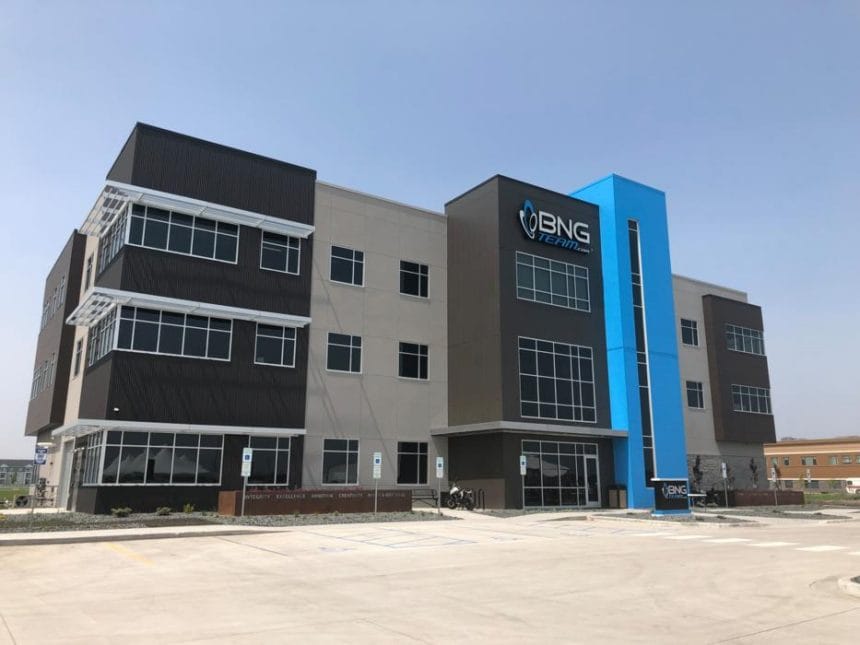Expert
Tonya Bishop
Commercial Real Estate Broker and Property Manager at Property Resources Group
1. Convenience for your business
While it might seem intuitive, one of the first things you should consider is what’s convenient for your business. Are most of your clients in one area of town? Are you a shipping company and need quick access to the interstate? The area of town that your office is in will have a huge impact on your company. It’s also very dependent on your industry type. If you’re in retail, you need to factor in things like visibility, ease of access, demographics and rooftops in the area. Some of the questions you ask should include how many people walk or drive past the location? Is it accessible by public transportation? Can customers and delivery trucks easily access the location? Is there enough parking for employees and customers?
2. Space planning
A general rule of thumb for office space is to plan on having roughly 100-150 square foot per employee. However, that number will vary depending on your business. If you’re a call center and are going to have employees in cubicles, you will need less square footage. However, if you’re going to have offices lining the perimeter of the building, that will require more square footage. There are also maximum square footage size requirements for a new structure based on the lot size. For example, if you have a one-acre lot, you can fit roughly a 10,000 square foot building. Of course, other factors play a role such as parking requirements for your business type and green space requirements per the city code.
3. Growth
Your business today is not your business five years from now and you need to make sure you’re always planning for that growth. If you’re going to build a location, think about what the next five years potentially holds for your company. Do you expect to add on another 50 employees? If so, you need to plan for that as it is more cost-effective to do it now versus moving or building again. There are a couple of options on how you can do that.
Option 1: Let’s say you’re expecting to double your business and employee count in the next five years. You could purchase more land than what you currently need, such as a two-acre lot and start by building a 10,000 square foot building as phase one and then wait to do the rest of the project until it’s financially feasible. This gives you the flexibility to add onto the current building or add another building on the same parcel of land, again keeping size requirements in mind. Sometimes land costs do not allow for this option, so that leads us to Option two.
Option 2: Using that same scenario, you can actually build a property that is larger than what you need immediately and plan to lease out a portion of the space until you or your business would need that space in the future. You can choose to do a shorter-term lease with the tenant so that when you’re ready to occupy the space, you can move into that space after their lease expiration. This will allow you to invest in your own property so you can gain some equity and income as well.
4. City Ordinances
This is why it’s important to hire an architect team who is well versed in the city codes and ordinances as there are many city zoning laws and ordinances that must be followed when building a new property. You need to make sure the land zoning is correct for your business. For example, you can’t build a heavy industrial site somewhere that’s zoned for general commercial use. There are mixed-use properties in which you can have an overhead garage door for your office, however, this adds some challenges and additional information is required to obtain city approvals. In certain cases, the city has granted variances and re-zoned property based on the owner acquiring all the necessary information and presenting it at the city meetings.
If you’re in a development, you should also be aware of covenants, conditions and restrictions (CC&Rs). This is a set of rules dictated by the developer that states the building construction requirements, property use restrictions, what items need approval, etc. It’s no different from any residential development. Most homeowners or condo associations will have rules regarding the appearance and use of the property as well, which is mainly provided as a way of keeping consistency in a development.
5. Outsource it
In summary, you should consult with an expert when planning your next office space. You will need to be prepared with a list of questions and remember that construction is a process that can get expensive. Once you have all your requirements, working with a company that provides you all the steps of that process under one roof streamlines it. Property Resources Group, PACES Lodging, DRG or similar companies can provide a potential client those services from start to finish and beyond. From initially locating and purchasing the land, designing your building, constructing your property, helping to lease out any excess space and lastly property management services, they know the market.








